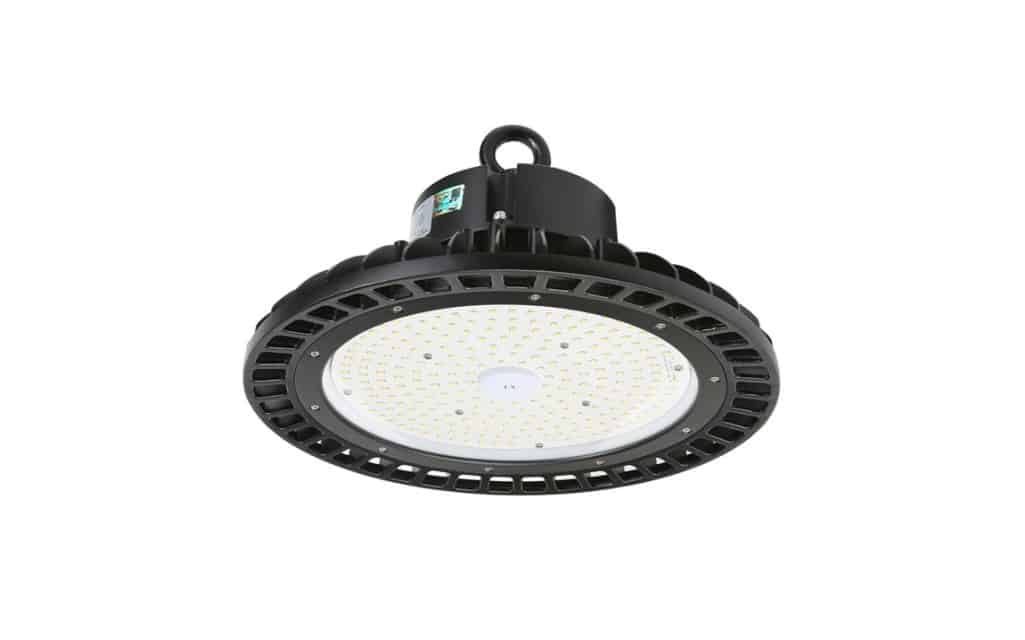Lighting is one of the most important aspects of any area, primarily commercial areas. Commercial buildings and offices have people coming in almost every second, and lighting brings the whole area to life.
Without proper lighting fixtures, businesses can bear losses. Adequate lighting can set the mood for people, and they can easily go around the area. Lighting makes the area more desirable and imposes a sense of well-being. Under-lighting makes the site less approachable and doesn’t do any favors to the businesses as well.
Among the most popular lighting fixtures for commercial areas are high bay lighting and low bay lighting. These two have their benefits that make them appropriate for commercial settings. But what is bay lighting? Let’s take a deeper look into it.
Bay Lights
Bay lights are an excellent source of illumination for large spaces having high ceilings. Areas such as warehouses, superstores, manufacturing facilities, offices, and a few residential spaces adorn bay lights.
The two types of bay lights are high bay and low bay fixtures. Their names give the main difference between the two. Height is the primary factor of difference among the two light fixtures, but there are more significant ones to consider.
The difference between Commercial High Bay LED Lighting and Low Bay LED Lighting:
Both lighting fixtures have their high points. High bay LED lights give better overall illumination, while low bay LED lights can benefit-focused lighting. Let’s dive into some of the differences to decide what’s the better option for your commercial space with high-quality Lepro lightings.
1. Installation Height
The significant difference between commercial high bay LED lighting and low bay lighting is their installation height. High bay LED lights illuminate areas with ceilings taller than 20ft from the ground and up to 40ft.
From such height, specifically developed lens angles in the instance of LED high bays and reflectors in the case of HPS / MH bulbs are required for these lightings to work effectively. This ensures that the lighting is distributed equally and that it is not squandered.
Low bay lights, on the contrary, are designed for usage in ceilings that are less than 20 feet above the floor. The ceiling height can range from 12 to 20 feet in low bay lighting. As a result, these lights are primarily seen in houses, public buildings, and retail establishments.
2. Place of Installation
In commercial and industrial settings, high bay lights are mostly preferred over low bay lights. Low bay lights can be used in standard residential and office environments. They are used in commercial areas, but you will see high bay lights vaster than a low bay.
Here are some places where high bay led lighting is used:
- School and college gymnasiums
- Factories
- Airport hangers
- Big superstores
- Warehouses
Although low bay lights can be used in any of the above settings, here are some of the areas that prefer low bay lighting:
- Shopping malls
- Retail Store
- Cafes or Restaurants
- Petrol Station
3. Mounting
High bay lighting has multiple mounting choices. It can be hung from ceilings using pendants, hooks, chains, and even directly to the ceiling hinges.
The fixtures used to install high bay lights can be architectural high-bays, grid-mount high-bays, round high-bays, and linear high-bays. High bay lights are used to provide more illumination. They can easily light the ground, making things properly visible and vertical surfaces as well.
4. Beam Angle
High bay lighting often employs beam angles of 60°, 90°, and 120°. A narrower beam contributes towards a more concentrated beam with a high illumination level on the ground. On the other hand, a broader beam angle enables big open spaces with lower ceiling heights to have a good light dispersion.
Aside from that, low bay lights have a solid beam angle of 120°. Lens angles are used with low bay lights to distribute the light farther and retain the ideal illumination level, so this lens angle also serves to focus the light in certain spots.
5. Lumen Output
There are a few technical differences among the two as well. Low bay lights have lower lumen output because the light doesn’t have to travel to greater distances. In comparison, high bay lights have higher lumen output because they have to perform harder. They need to cover greater distances and avoid shadows which is why their lumen usage is more elevated.




